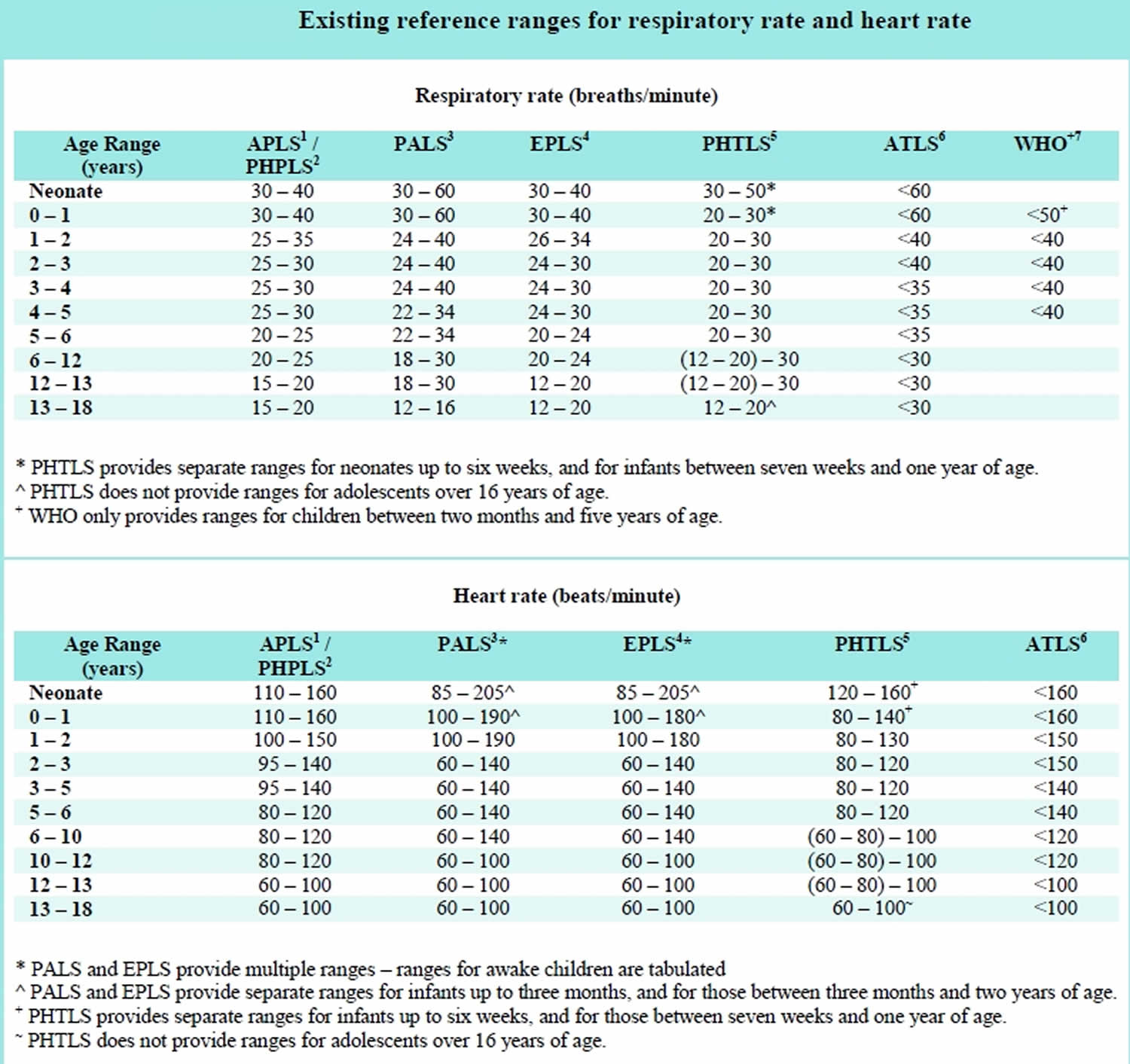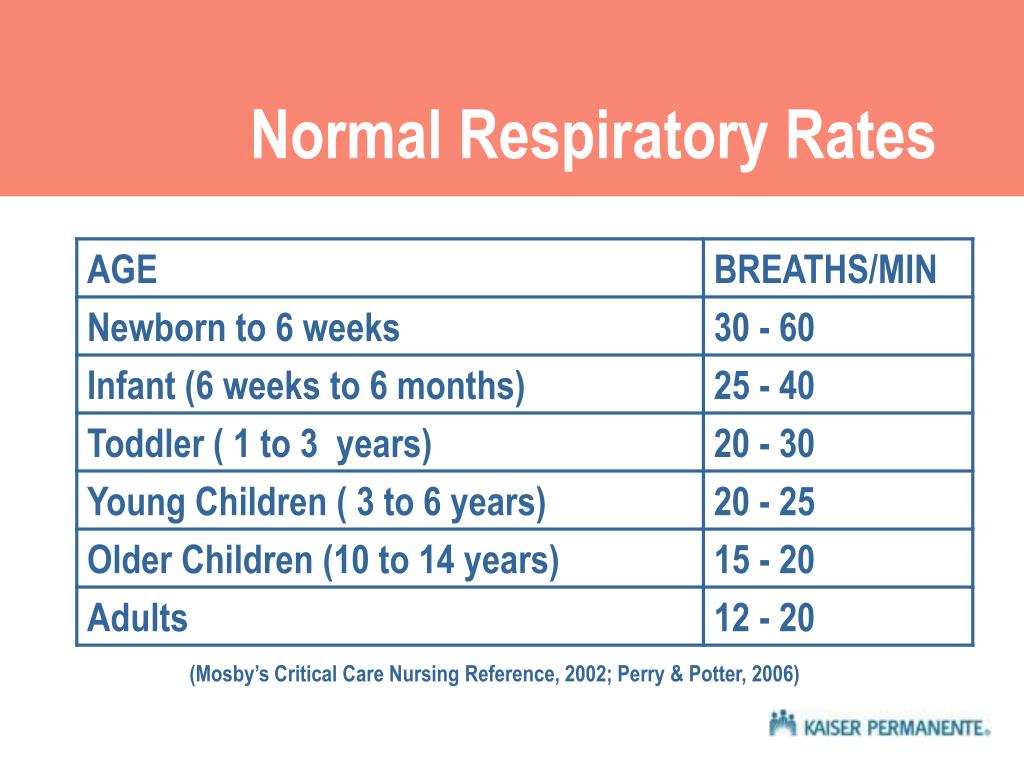The normal respiratory rate is a vital sign that reflects the efficiency of our body’s respiratory system. It is essential for maintaining adequate oxygen levels and removing carbon dioxide from our bloodstream. Understanding what constitutes a normal respiratory rate can help in detecting potential health issues early on. In this article, we will explore the factors affecting respiratory rates, how to measure them, and the significance of deviations from the norm.
Respiratory rates can vary widely among individuals, influenced by various factors such as age, activity level, and overall health. For adults, a normal respiratory rate typically falls between 12 to 20 breaths per minute. However, this rate can fluctuate, especially during physical exertion, sleep, or in response to emotional changes. Being aware of what constitutes a normal respiratory rate can empower individuals to take charge of their health and seek medical advice if necessary.
Furthermore, understanding the normal respiratory rate is crucial for healthcare professionals when assessing patients. Abnormal respiratory rates can indicate underlying health issues, such as respiratory infections, asthma, or chronic obstructive pulmonary disease (COPD). Recognizing these signs can lead to timely interventions and better health outcomes. Let's delve deeper into the world of respiratory rates to better understand their importance.
Read also:Deciphering Dt Meaning In Text A Comprehensive Guide
What is a Normal Respiratory Rate?
The normal respiratory rate is defined as the number of breaths taken per minute. This rate can vary based on several factors:
- Age
- Fitness level
- Emotional state
- Health conditions
How is Normal Respiratory Rate Measured?
Measuring respiratory rate is a straightforward process that can be done in various settings, including at home or in a medical facility. Here’s how to measure it:
- Find a comfortable position, preferably sitting or lying down.
- Place your hand on your chest or abdomen to feel the rise and fall of your breathing.
- Count the number of breaths for one minute, or count for 30 seconds and multiply by two.
What Factors Influence Respiratory Rate?
Numerous factors can impact what is considered a normal respiratory rate:
- Age: Infants and young children generally have higher respiratory rates than adults.
- Activity Level: Physical exertion can temporarily increase your respiratory rate.
- Health Conditions: Chronic illnesses can affect breathing patterns.
- Emotional State: Stress and anxiety can lead to faster breathing.
What Are the Signs of an Abnormal Respiratory Rate?
An abnormal respiratory rate can manifest in several ways. Here are some signs to watch for:
- Rapid breathing (tachypnea): More than 20 breaths per minute.
- Slow breathing (bradypnea): Fewer than 12 breaths per minute.
- Labored breathing: Difficulty in breathing, marked by a struggle or gasping.
- Shallow breathing: Taking short, quick breaths.
When Should You Seek Medical Help for Respiratory Rate Concerns?
If you notice persistent changes in your normal respiratory rate, it may be time to consult a healthcare professional. You should particularly seek help if you experience:
- Shortness of breath
- Chest pain
- Confusion or dizziness
- Blue discoloration of lips or face
How Does Normal Respiratory Rate Vary Across Different Age Groups?
Understanding how respiratory rates vary by age can provide insights into what is considered normal. Here’s a breakdown:
Read also:Ultimate Guide To Naming Cars With Name Car Generator
| Age Group | Normal Respiratory Rate (Breaths/Minute) |
|---|---|
| Newborns (0-1 month) | 30-60 |
| Infants (1-12 months) | 20-40 |
| Children (1-5 years) | 20-30 |
| Children (6-12 years) | 18-25 |
| Adults | 12-20 |
What is the Connection Between Normal Respiratory Rate and Overall Health?
The normal respiratory rate is a crucial indicator of overall health. A stable respiratory rate suggests that the body is efficiently exchanging gases, while deviations from the norm can signal underlying health issues. Monitoring respiratory rates can help individuals and healthcare providers identify potential problems early.
Can Lifestyle Changes Affect Your Normal Respiratory Rate?
Yes, lifestyle changes can significantly impact your normal respiratory rate. Consider these factors:
- Regular exercise can improve lung capacity and efficiency.
- A healthy diet supports overall health and respiratory function.
- Avoiding smoking and exposure to pollutants can help maintain a normal respiratory rate.
- Practicing relaxation techniques can mitigate stress-related changes in breathing.
Conclusion: The Importance of Understanding Normal Respiratory Rate
In summary, the normal respiratory rate is a fundamental aspect of health that requires awareness and understanding. Recognizing what constitutes a normal respiratory rate, how to measure it, and the factors that influence it can empower individuals to take proactive steps in managing their health. By maintaining a healthy lifestyle and being vigilant about changes in respiratory patterns, you can contribute to better overall health and well-being.

:max_bytes(150000):strip_icc()/what-is-a-normal-respiratory-rate-2248932-v1-5c1abe6846e0fb0001c6284a.png)
